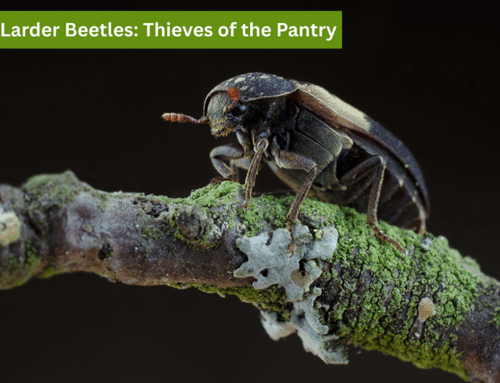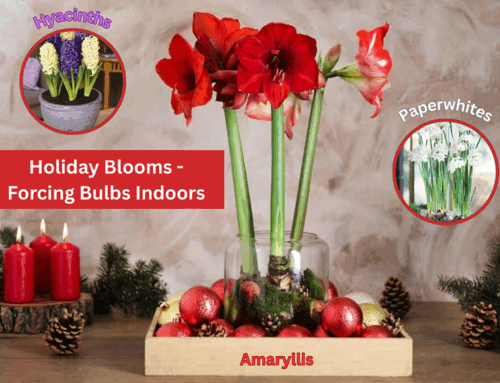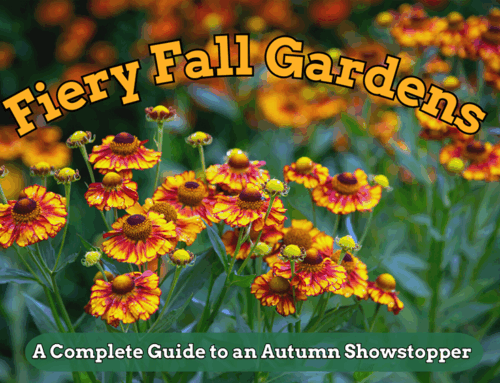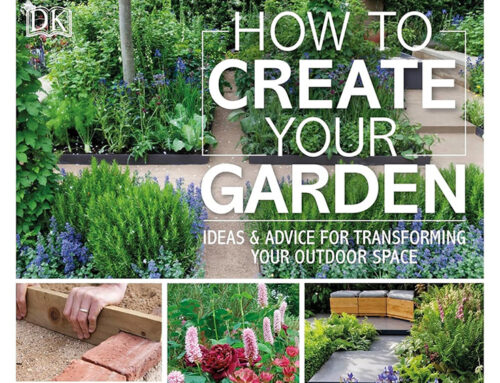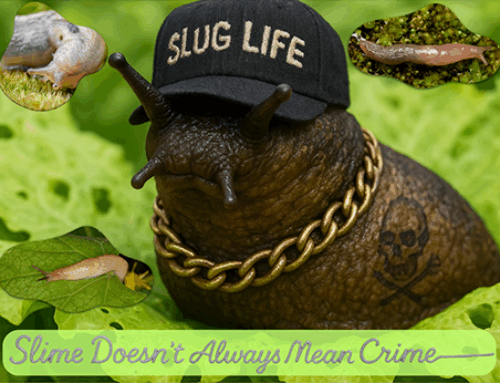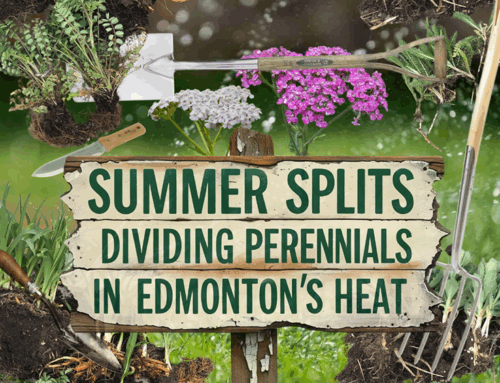August Gardening Chores
By Brett Kerley
It’s time for August gardening chores!

A selection of seed catalogues
With summer in full swing, we’ve already had several heat waves here in Edmonton. How did your plants get on throughout those blazing hot days? I’m sure established plants were fine. However, those plants that were planted this year may have struggled. Keep on thoroughly watering them until they are well established. This means watering trees and shrubs every week for the first few years. Perennials should only take one or two years to establish, so after that you can just water when needed.
Grab your gardening journal or a notepad and walk around your garden. Look at everything you and mother nature have accomplished. What plants have exceeded your expectations? What plants didn’t? Taking notes is the best way to plan for future gardening projects and to look back on in those winter days whilst ordering new plants from your seed and plant catalogues.
Hedges
Late August is a great time to trim those hedges. This will probably be the last time you’ll need to do it this season. Shape them so that they are narrower on the top and wider at the bottom, as this allows all branches to get maximum sunlight. If you want a perfectly straight hedge, all you need are some well placed stakes with a guide string tied between them. In our gardening zone, good hedges for the formal look are Hedge Cotoneaster (Cotoneaster lucidus) or the Alpine currant (Ribes alpinum).
Flower Gardens
Start thinking about what spring bulbs you would like to plant this fall. I’ve already received a couple of catalogues in the mail and have riffled through them to see what’s new and what I can add to my garden for next year.
Are you new to gardening and are not sure what kind of plant you have? There are many apps out there that can help you. I use PlantNet on my cell phone. It gives a certainty percentage when it identifies a plant and also has experts that can validate its suggestions. We all have memory lapses from time to time, forgetting the names of plants. This app really helps when I’m out walking my dog and I come across a beautiful flower that I’d love to try in my yard. I take a quick snap and when I get home I look it up to see if it would be a beneficial addition.
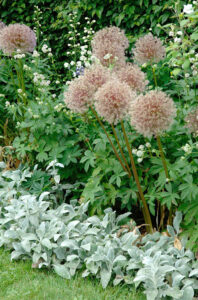
The decorative value of allium seedheads.
For those of you that want to get those pollinators into your yard, lots of big box stores are selling off their end-of-season perennial plants. Just because they are done flowering this year doesn’t mean they won’t be any good for next year. I’ve already picked up a bunch of salvias, catmints and veronicas. These are great for attracting bees and for a few bucks each, are a good way to add to value your yard without breaking the bank. When I plant them, I like to throw some bone meal into the bottom of the hole; this helps develop a strong root system. Many other fertilizers can be used. Go with what works best for you.
Keep up with the weeding and the deadheading of your spent flower heads, unless of course you’re planning to use them for fall/winter attraction. An example of this would be alliums, as they make a great ornamental feature. While deadheading, remember you can collect the seed heads off the best plants to keep for next year. Some prep work may be needed to get them ready for storage. Seed Savers Exchange is a great source of seed-saving tips.
Fruit and Veg
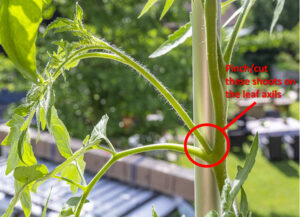
Tomato pruning – what to remove
Lastly, fruit and vegetables are either ready or will be soon, depending on your growing methods. Prune any suckers off the tomatoes. These are new growths where the branch comes out of the stem (called the axil); if you have a an extra stem growing between the axil and the main stem, snip it off. This is somewhat controversial, but you’ll get more energy to go on to make bigger tomatoes. Some like to leave it on and say they will produce smaller but more tomatoes. You can experiment if you have several plants or different varieties.
If you have too much fruit and veg, pass them on to neighbours and friends or donate them. The Edmonton Food Bank‘s webpage lists what you can donate to them.
Continue to monitor the weather. Even though it is quite warm now, towards the end of August you may need to protect your crops from the frost.
Enjoy the rest of your summer! Happy gardening everyone!


